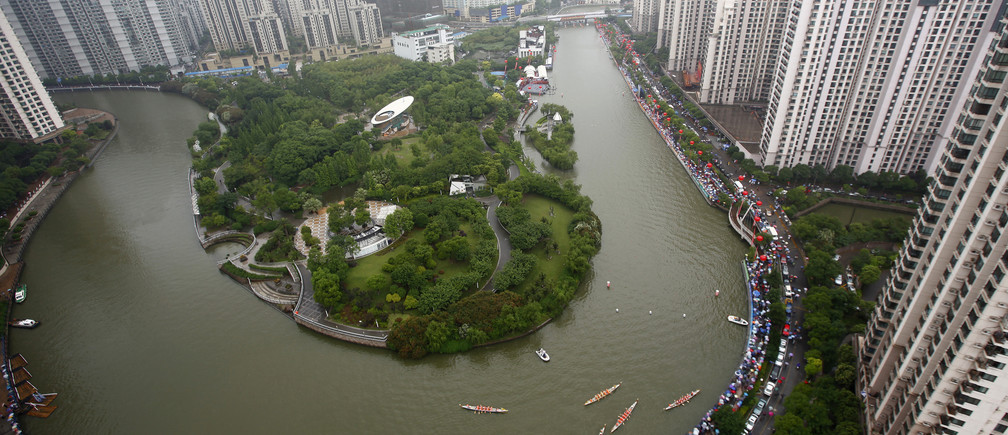 China’s strategies in environmental protection policy, over the last ten years, have achieved advancements that are benefiting not only China, but the world as a whole.
China’s strategies in environmental protection policy, over the last ten years, have achieved advancements that are benefiting not only China, but the world as a whole.
At a time when air pollution is becoming a concern, China defied the odds with average concentration of PM2.5 in 74 major cities decreasing by 56 percent.
Fine particulate matter (PM2.5) is an air pollutant that is detrimental to health when levels in air are high. The tiny particles, which reduce visibility and appear hazy, are breathed in harmful quantities, when levels are high.
According to the minister of Ecology and Environment (MEE) Huang Runquin, the total number of heavily polluted days, decreased by 87 percent.
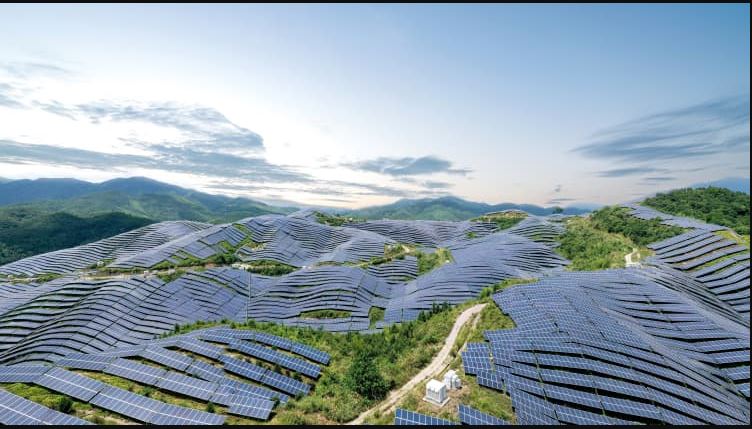
Protection of water purity was raised, with the doubling of state monitoring stations, increased to 3,641, nearly double on 1940 figures. Contaminants, like black, odorous water bodies, in 295 provincial cities and beyond, were eliminated, and 16,000 illegal sewage outlets brought up to standard.
Afforestation reached the 13th Five-year plan target, with country reaching a forest coverage rate of 23.04, which also helped lift three million people out of poverty.
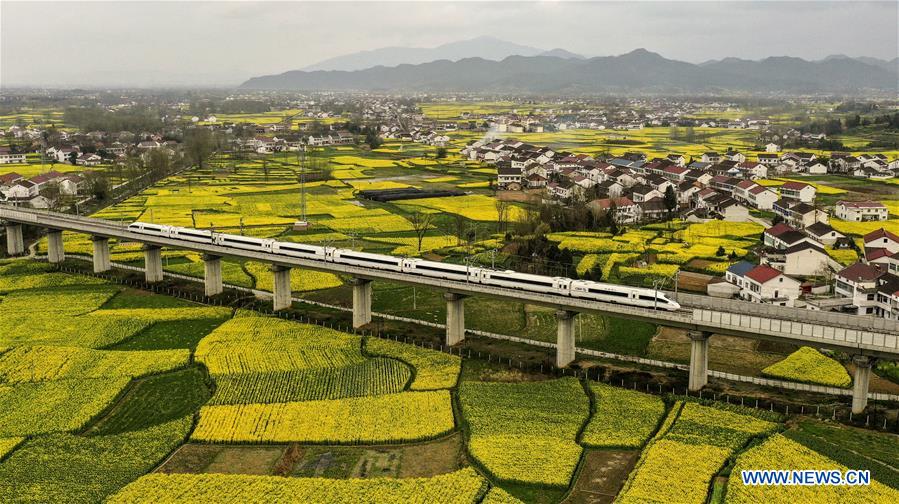
To tackle claim change, and environmental degradation, under the terms of the Paris Agreement, China aims to promote sustainable, green development, by holding Co2 emissions, at or below their peak, by 2030, and becoming carbon neutral, by 2060. The country is committed to low carbon development.
The Green Belt and Road Initiative
China also promoted green policies in several countries, with Belt and Road Initiative.
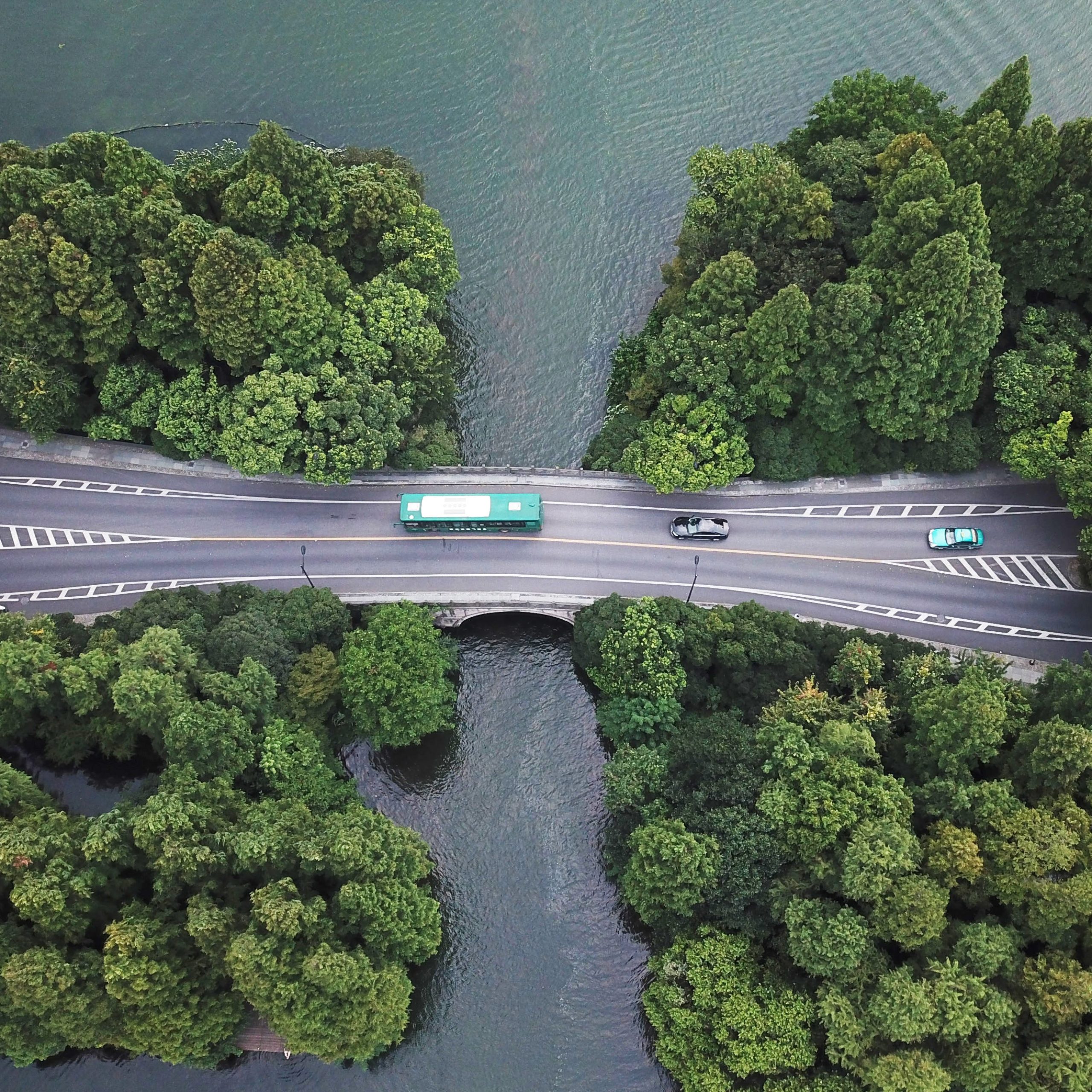
The Belt and Road Initiative International Green Development Coalition (BRIGC), was established after the second Belt and Road Forum in April 2019, and has its own secretariat, under the supervision of MEE.
Its main objective, is “to promote international consensus, understanding, cooperation, and concerted actions to realize green development on the Belt and Road, to integrate sustainable development into the BRI through joint efforts and to facilitate BRI participating countries to realize Sustainable Development Goals (SDGs) related to environment and development.”
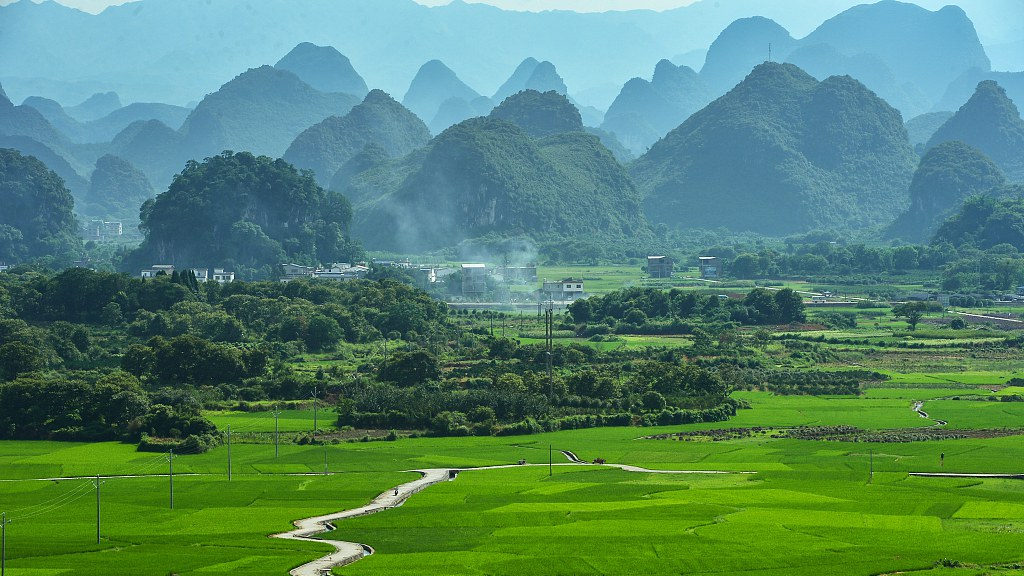
The BRIGC partnership is structured into ten thematic areas, including biodiversity and ecosystem management, green energy and energy efficiency, green finance and investments, improvement of environmental quality and green cities, south-south environmental cooperation and SDG capacity building, and green technology, innovation and corporate social responsibility.
It also intervenes in sustainable transportation, climate change governance and green transformation.
Finally, the partnership areas of BRIGC are environmental legislation and standards and maritime community with a shared future and marine environment governance.
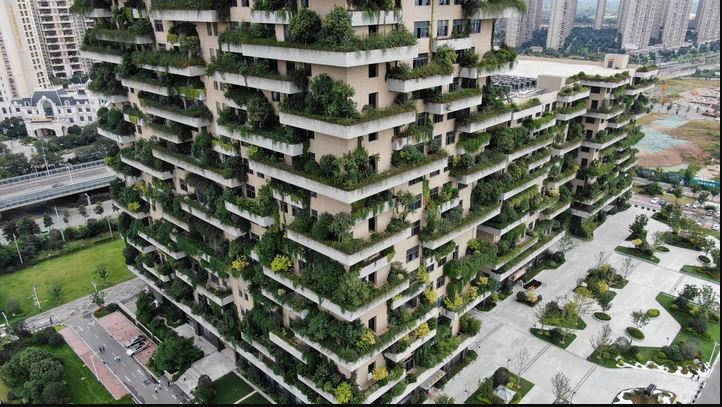
According to Refinitiv, an Anglo-American financial data company, China was the largest market for green bonds issuance, in 2019, with about $23billion, ahead of the United States of America (USA), at $20billion.
Industrial upgrading for green growth.
In 2017, the Development Research Centre of the State Council of China(DRC) and OECD, designed a series of ecological projects, to upgrade industry for green growth.
This thematic area focuses on how to better align industrial and environmental policies in China, with the aim of simultaneously promoting industrial restructuring, addressing challenges arising from the “New Productive Revolution” while improving environmental and resource efficiency of the economy.
The project proposed a restructuring process meant “to address longstanding structural imbalances and misallocation of resources, and to reallocate.
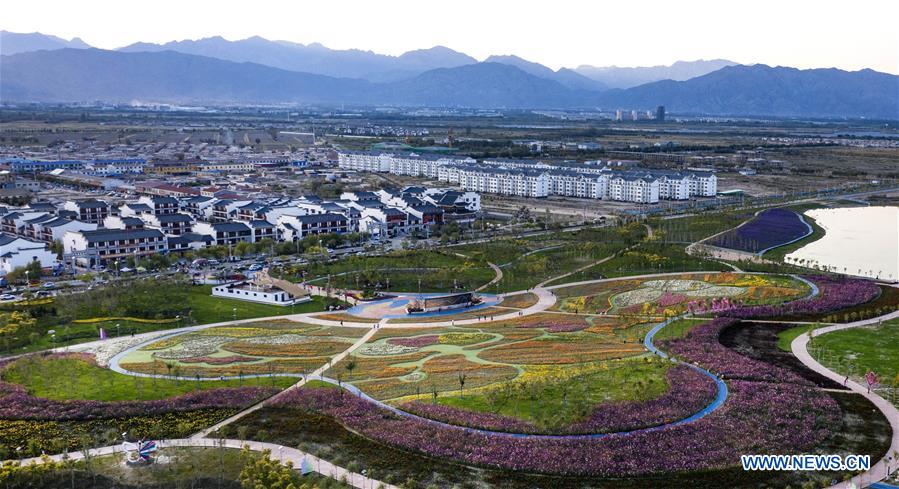
resources to more productive segments of the economy, in order to achieve the dual objectives of sustainable economic growth, and a progressive reduction of pollution that impacts the life of those living close to clusters of heavy industry.”
Two main strategies to achieve this, included encouraging efficient firms to speed up the upgrading process, make greater use of advanced technologies and enhance their environmental performance. In this process, the beneficiary
firms should be required to report transparent and high-quality financial and environmental data.
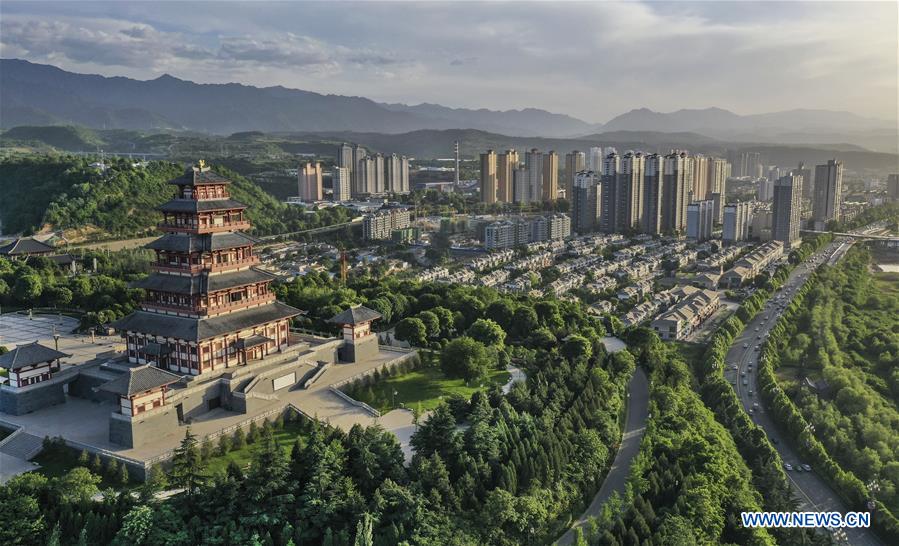
And secondly, to facilitate the quick and smooth exit of inefficient firms through a set of policies, for instance by providing adequate support to the workers and regions affected by plant closures, and firmly
addressing the issue of so called “zombie enterprises”, firms that have had to suspend or semi suspend production, and become insolvent, and are dependent on government subsidies.

